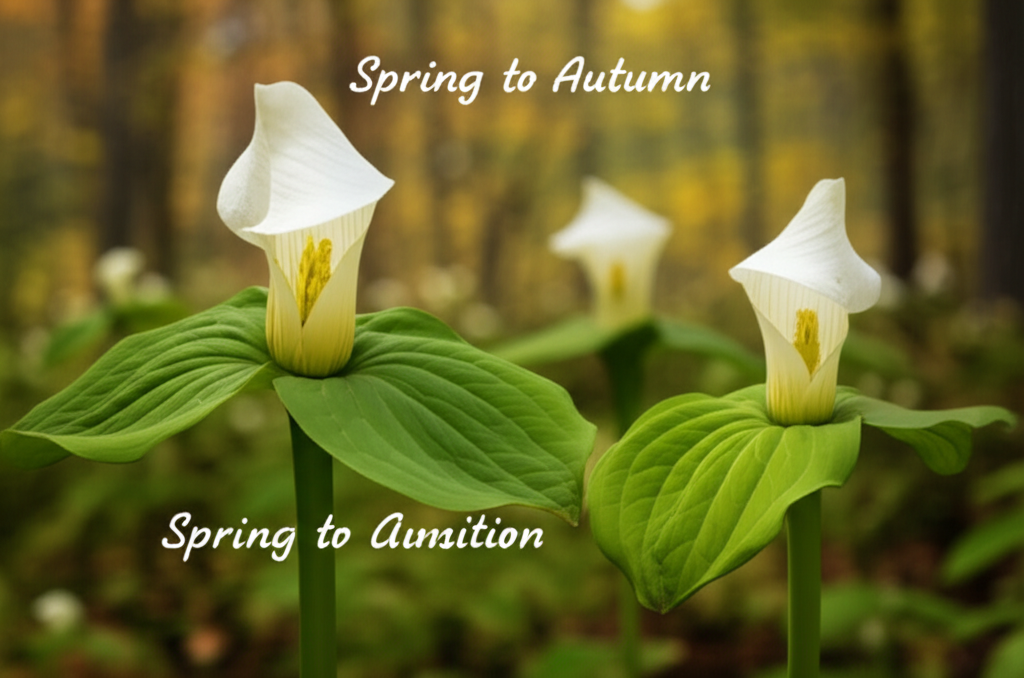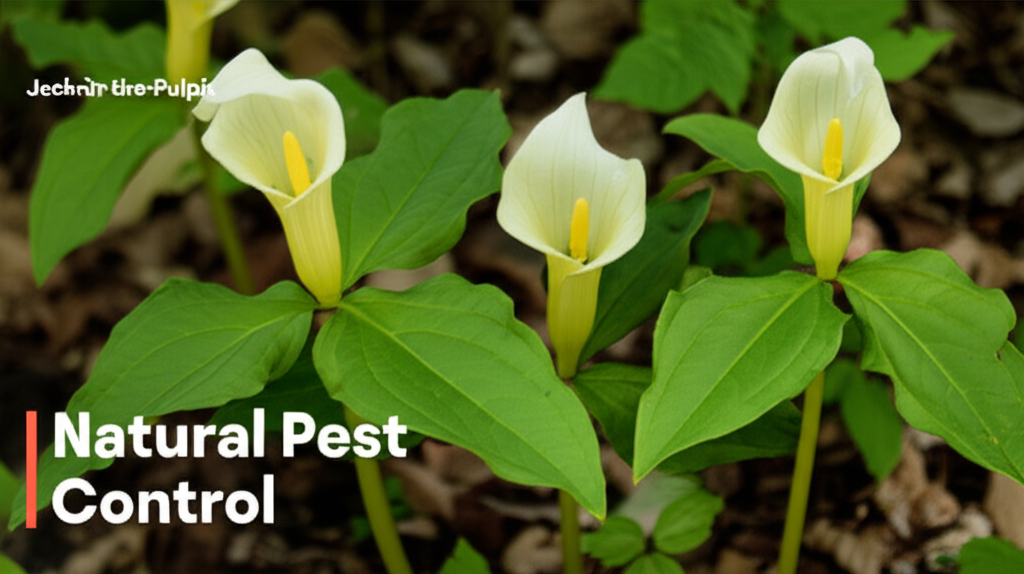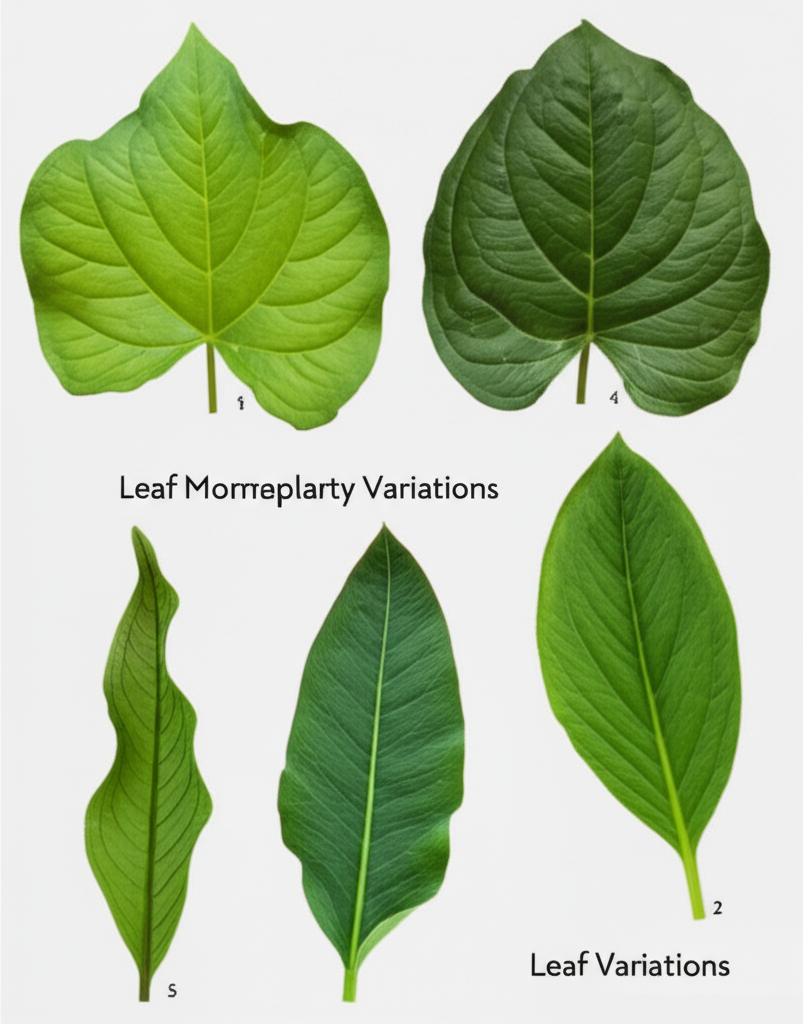Introduction: The Allure of Foxglove Beardtongue
The quest for a truly pollinator-friendly garden is a rewarding journey, leading us to discover plants that not only beautify our landscapes but also provide vital sustenance for our buzzing and fluttering friends. Among the stars of this horticultural endeavor is Penstemon digitalis, commonly known as Foxglove Beardtongue. This resilient native perennial, celebrated for its striking tubular flowers and adaptability, has emerged as a significant draw for a diverse array of pollinators, from the industrious bumblebees and honeybees to the delicate flutter of butterflies and the hum of native solitary bees. This article delves into the captivating world of Foxglove Beardtongue, exploring its unique characteristics, its crucial role in supporting pollinator populations, and how you can successfully incorporate it into your own pollinator-friendly garden experiment.
Why Foxglove Beardtongue?
Foxglove Beardtongue stands out in the pollinator garden for several compelling reasons. Its long, tubular flowers, typically white to pale pink or lavender, are perfectly adapted to the tongues of long-tongued bees and butterflies, allowing them to access the nectar and pollen within. The plant’s extended blooming period, often from late spring through early summer, provides a consistent food source when other floral options may be scarce. Furthermore, its sturdy growth habit and tolerance for a range of conditions, including sun to partial shade and various soil types, make it an accessible choice for gardeners of all skill levels. As a native plant, it also possesses inherent resilience and a long-standing ecological relationship with local insect populations, making it a cornerstone for biodiverse gardens.
Botanical Profile of Foxglove Beardtongue
Understanding the botanical intricacies of Penstemon digitalis provides a deeper appreciation for its role in the ecosystem. This herbaceous perennial is a member of the Plantaginaceae family, which includes other well-known plants like plantains. Its scientific name, digitalis, refers to the resemblance of its flower shape to the genus Digitalis (foxglove), though they are not closely related.
Key Characteristics
- Growth Habit: Foxglove Beardtongue typically grows in upright clumps, reaching heights of 2 to 4 feet (approximately 0.6 to 1.2 meters). The stems are slender and often bear attractive, glossy green leaves that can persist into winter.
- Foliage: The leaves are lance-shaped to ovate, with entire or finely toothed margins. The basal leaves are often larger and more spoon-shaped than the stem leaves. The foliage itself can provide overwintering habitat for some insects.
- Flowers: The most defining feature is its profusion of tubular flowers, borne on tall, airy spikes. These blossoms, usually white with subtle pink or purplish veining, create a stunning visual display. The flowers are bilabiate (two-lipped), a structure that is particularly inviting to pollinators with specialized mouthparts.
- Blooming Period: In most regions, Foxglove Beardtongue flowers from May to July, providing a critical nectar and pollen source during a peak period of insect activity.
- Seed Heads: After flowering, the plant produces attractive seed heads that can persist through the fall and winter, offering visual interest and a food source for birds.
- Hardiness: This species is typically hardy in USDA Zones 3 through 8, demonstrating a broad adaptability across various climates.
Foxglove Beardtongue and Its Pollinator Patrons
The ecological success of Foxglove Beardtongue is intrinsically linked to its appeal to a wide spectrum of pollinators. Its floral structure and nectar content are perfectly calibrated to attract and support these essential garden visitors.
A Feast for Bees
Bees are arguably the most frequent and significant visitors to Foxglove Beardtongue. Its tubular flowers are a particular favorite of:
- Bumblebees: The large, fuzzy bodies and long tongues of bumblebees (Bombus spp.) make them ideal pollinators for these blossoms. They are efficient foragers, collecting both nectar and pollen.
- Honeybees: While not as efficient as bumblebees at extracting nectar from deeper tubes, honeybees (Apis mellifera) are still consistent visitors, benefiting from the readily available resources.
- Solitary Bees: A surprising variety of native solitary bees, such as mason bees, leafcutter bees, and cuckoo bees, are also attracted to Foxglove Beardtongue. These bees are crucial for pollination and contribute significantly to garden biodiversity.
Butterfly Bonanza
The vibrant, upright flower spikes also serve as landing platforms and nectar sources for various butterfly species. Their proboscis, a long, straw-like mouthpart, is perfectly suited to reach the nectar within the individual florets.
Other Beneficial Insects
Beyond bees and butterflies, Foxglove Beardtongue can attract other beneficial insects, including:
- Hoverflies (Syrphid flies): While the adult hoverflies feed on nectar and pollen, their larvae are voracious predators of aphids and other garden pests, making them invaluable allies.
- Thrips: Some species of thrips may be present, but their impact is generally minimal, and they can also serve as a food source for other beneficial insects.
Establishing a Foxglove Beardtongue Pollinator Garden Experiment
Incorporating Foxglove Beardtongue into your garden is a straightforward way to boost pollinator activity. Here’s how to set up your own successful experiment.
Site Selection and Preparation
Choosing the right location is paramount for the health of your Foxglove Beardtongue and the attraction of pollinators.
Sunlight Requirements
Foxglove Beardtongue thrives in full sun to partial shade. A minimum of six hours of direct sunlight per day is ideal for the most abundant flowering and the strongest pollinator attraction. In hotter climates, afternoon shade can be beneficial to prevent scorching.
Soil Conditions
This adaptable perennial is not overly picky about soil type but prefers well-drained conditions. It can tolerate a range of soils, from sandy loams to heavier clay, as long as they don’t remain waterlogged. Improving heavy clay soils with compost or other organic matter will enhance drainage and aeration.
Planting and Care
Proper planting and ongoing care will ensure your Foxglove Beardtongue flourishes and maximizes its pollinator appeal.
Sourcing Your Plants
Look for Penstemon digitalis at reputable nurseries specializing in native plants or pollinator-friendly species. Starting from seed is also an option, though it may take longer to establish.
Planting Process
- Dig a hole that is twice as wide and as deep as the plant’s root ball.
- Gently loosen any compacted roots.
- Place the plant in the hole so that the top of the root ball is level with the surrounding soil.
- Backfill the hole with the excavated soil, firming it gently around the base of the plant.
- Water thoroughly after planting.
- Space plants about 18-24 inches apart to allow for adequate air circulation and growth.
Watering Needs
Once established, Foxglove Beardtongue is relatively drought-tolerant. Water regularly during the first year to help the plant establish a strong root system. After that, supplemental watering is generally only necessary during prolonged dry spells.
Fertilization
This native plant typically does not require heavy fertilization. Over-fertilizing can lead to leggy growth and reduced flowering. A light application of compost in the spring is usually sufficient.
Pruning and Deadheading
While not strictly necessary, you can deadhead spent flower stalks to encourage a second bloom or a tidier appearance. However, leaving the seed heads provides winter interest and food for birds, so consider this before pruning.
Key Facts and Comparison
To better understand the advantages of Foxglove Beardtongue, let’s compare it to other popular pollinator-friendly perennials and highlight its key attributes.
| Feature | Foxglove Beardtongue (Penstemon digitalis) | Bee Balm (Monarda spp.) | Coneflower (Echinacea spp.) | Salvia (Salvia spp.) |
|---|---|---|---|---|
| Native Status | Native to North America | Native to North America | Native to North America | Many species native to various regions, including North America |
| Flower Shape | Tubular, two-lipped | Tubular, clustered whorls | Daisy-like with prominent cone | Tubular, often in spikes or whorls |
| Primary Pollinators | Bumblebees, long-tongued bees, butterflies, some solitary bees | Bumblebees, long-tongued bees, butterflies, hummingbirds | Bees, butterflies, some small birds | Bees, butterflies, hummingbirds |
| Bloom Time | Late Spring to Early Summer | Mid-Summer to Early Fall | Summer to Early Fall | Varies by species, often Summer to Fall |
| Height | 2-4 ft | 2-4 ft | 2-5 ft | 1-4 ft |
| Sun Exposure | Full sun to partial shade | Full sun | Full sun | Full sun to partial shade |
| Drought Tolerance | Moderate to High once established | Moderate | High | Moderate to High |
| Deer Resistance | Moderate | Moderate | Good | Good |
Tips for Maximizing Pollinator Attraction
Creating a truly effective pollinator garden involves more than just planting a few attractive species. Consider these additional strategies:
Plant in Drifts
Pollinators are more likely to notice and visit plants when they are grouped together in masses or “drifts.” Planting several Foxglove Beardtongue plants in a cluster creates a more visible and appealing target for foraging insects compared to single specimens scattered throughout the garden.
Provide a Water Source
A shallow water source, such as a bird bath with pebbles or a shallow dish filled with sand and water, can be a valuable addition to your pollinator garden. This provides pollinators with a safe place to drink without the risk of drowning.
Include a Variety of Bloom Times
While Foxglove Beardtongue provides excellent early to mid-summer bloom, a truly robust pollinator garden will offer a succession of blooms from spring through fall. Pair it with plants that flower earlier and later in the season to ensure a continuous food supply.
Avoid Pesticides
The most critical factor in creating a pollinator-friendly garden is to refrain from using any chemical pesticides, especially insecticides. These chemicals are harmful to pollinators and can decimate populations. Embrace natural pest control methods and tolerate minor insect damage.
Offer Nesting Sites
Many native bees are solitary and nest in the ground or in hollow stems. Leave some areas of your garden a bit wild, with bare soil patches and dead plant material, to provide essential nesting habitats.
Experimentation: Observations and Potential Outcomes
Embarking on a Foxglove Beardtongue pollinator garden experiment allows for fascinating observations. Here’s what you might expect and how to track your progress.
What to Observe
- Pollinator Diversity: Keep a log of the different types of bees, butterflies, and other insects you observe visiting the Foxglove Beardtongue.
- Pollinator Abundance: Note the number of pollinators present on the plants at different times of the day and week.
- Activity Levels: Observe how actively the pollinators are foraging – are they just nectaring, or are they actively collecting pollen?
- Flowering Performance: Track the duration and intensity of the blooms.
- Plant Health: Monitor the overall health and vigor of the Foxglove Beardtongue plants.
Pros and Cons of Foxglove Beardtongue in a Pollinator Garden
Every plant has its strengths and weaknesses. Understanding these will help you manage your expectations and optimize your garden design.
| Pros | Cons |
|---|---|
| Excellent nectar and pollen source for a wide range of pollinators. | Can become leggy if grown in too much shade. |
| Extended bloom period (late spring to early summer). | May require support in windy areas if not planted in drifts. |
| Adaptable to various soil types and conditions. | Can be susceptible to powdery mildew in very humid conditions, though some cultivars are more resistant. |
| Native plant, supporting local ecosystems. | Not a significant nectar source for hummingbirds, who prefer red or orange tubular flowers. |
| Drought tolerant once established. | Seed heads, while beneficial for birds, may require cutting back in early spring if a very tidy look is desired. |
| Attractive foliage and seed heads provide multi-season interest. | May self-seed, which can be a pro or con depending on your garden management style. |
| Relatively deer resistant compared to other garden favorites. |
Conclusion: Cultivating a Thriving Pollinator Haven
The Foxglove Beardtongue, or Penstemon digitalis, is a truly exceptional plant for anyone looking to create a vibrant, pollinator-friendly garden. Its striking beauty, combined with its crucial role as a food source for a multitude of bees, butterflies, and other beneficial insects, makes it an indispensable addition to any native plant landscape. By understanding its botanical needs, planting it strategically, and adopting a pesticide-free approach, you can witness firsthand the transformative impact this single species can have on your garden’s biodiversity.
Your Foxglove Beardtongue pollinator garden experiment isn’t just about growing a beautiful plant; it’s about contributing to the vital work of pollination, supporting declining insect populations, and fostering a healthier, more resilient ecosystem. Embrace the hum of the bees, the flutter of the butterflies, and the quiet satisfaction of knowing your garden is a haven for these essential creatures. Happy gardening!


